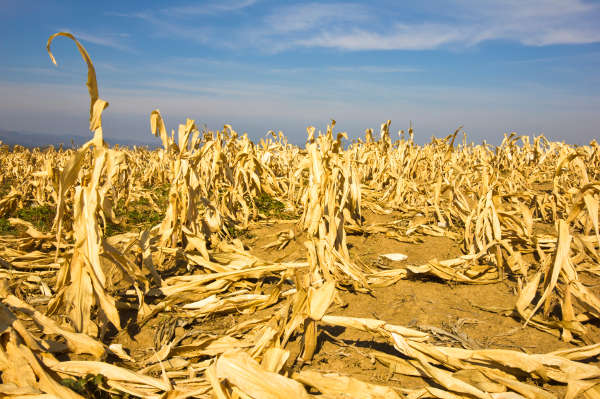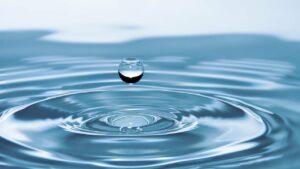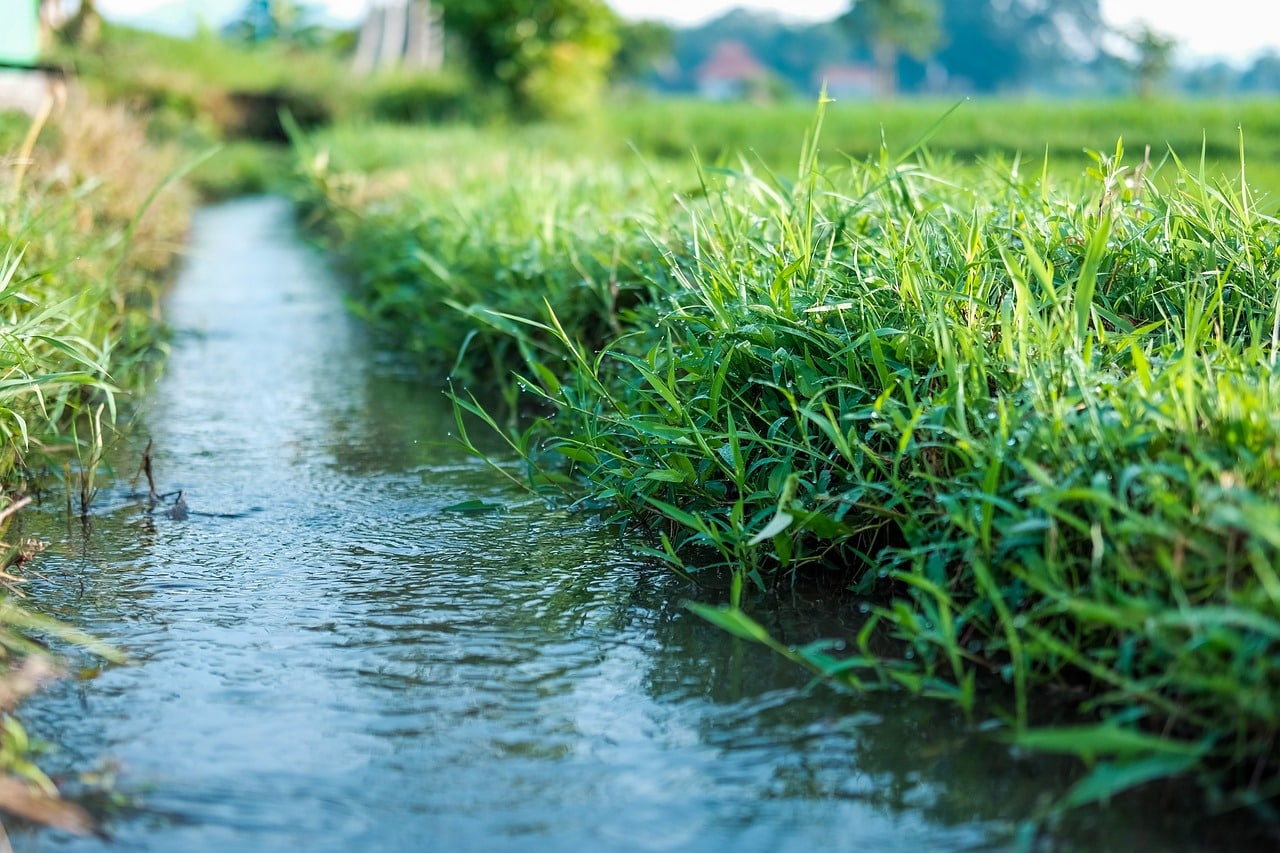Purdue University researchers are developing a technology that could enable specific plants and crops to survive extreme periods of drought, while significantly decreasing agricultural water consumption.
Ray Bressan, a distinguished professor in Purdue’s College of Agriculture; Yang Zhao, a research assistant in horticulture; Jian-Kang Zhu, a distinguished professor of plant biology; and Zhulong Chan, a past postdoctoral fellow in Jian-Kang Zhu’s lab, developed the technology.
Bressan said that because of factors such as drought, which is the most significant environmental stress on world agricultural production, agriculture has become the largest consumer of fresh water.
“Agriculture uses about 75-80 percent of the available clean, fresh water supply, a phenomenon that exists all over the world and is only getting worse,” he said. “In places like California, where drought is especially prevalent, the first thing they’re going to have to do to make a real difference in water conservation is limit the amount of water that farmers need to successfully grow crops.”
Zhao said current genetically modified drought-resistant crops are only successful in narrow environmental conditions and rely on rescue irrigation if conditions become too severe.
“When plants or crops have no water, their first response is to stop growing, which makes them much smaller and consequently produce less product. Biotech companies, however, are removing this response so that plants and crops continue to grow even with a lack of water,” he said. “The difficulty with that strategy is that if the crops face a prolonged period of drought then they are actually more sensitive because they don’t have their natural responses for protection. If a drought did become too severe then these companies or farmers could use rescue irrigation, if available, so that the plants can survive.
“Irrigation is considered a luxury in farming; it’s expensive and only a very small percentage of total agriculture uses it. Also, in some areas irrigation isn’t an option because there isn’t enough water available, so this method wouldn’t be very effective to a lot of the farming operations.”
The Purdue researchers have developed an alternative way to genetically modify crops and plants to survive severe drought conditions. The technology utilizes a gene that causes the plant to have rapid leaf pore closure, a reduced rate of water loss due to evaporation, alleviated cell membrane damage and improved photosynthesis that results in an improved reaction to drought conditions.
“Our technology enables plants to protect themselves with dormancy. Some plants, such as lawns, usually turn brown and look dead when it doesn’t rain for a long time, but when it starts to rain, they start growing again. That’s the property we are interested in,” Bressan said. “If a crop is under a lot of severe stress it will become dormant, and when water is available again, even if that’s after a very long time, it revives and grows again. Our method doesn’t rely on irrigation to save it and farmers can be assured that they won’t have to replant everything and start over if the drought is prolonged, saving a lot of time and money.”
Bressan said that their technology could be valuable to both subsistence farmers and commercial farmers, and also could be used for many species of plants.
“In poorer countries where there is self-sufficiency farming in which the farmers focus on growing enough food to feed themselves and their families, our technology could be used by itself and make a huge impact on the survival of crops,” he said. “There is also a lot of commercial farms that rely solely on rain, so our technology would benefit them, too. A lot of plant species have evolved to have this ability of dormancy. However, crops and other plant species, including some trees and crop grasses, have not, so this could also help an array of different species all over the world.”
The Purdue technology was tested as a proof of function prototype and a completed study in rice and plant models showed a dramatic boost in drought tolerance.
Bressan said there are a few options on how their technology could get to market.
“We’re open to a company licensing our technology to introduce it into their specialty crops, like corn, wheat, rice, or potatoes,” he said. “Since our technology is at the proof of function stage, if a company were to sponsor us, then they could provide larger amounts of their elite germ plasm and we could use that to prove the efficacy in a larger model.”
Bressan said they may be interested in combining their technology with the current technology being used by biotech companies in the future.
“If we could use the property that’s currently being used – to allow plants to keep growing under moderate stress, then incorporate our technology, that could enable the plant to respond to another signal and activate the system where they could become dormant – that would be the ideal solution,” he said. “This will allow the benefit of having a boost in yield without the response to stress in the beginning, but then the rescue ability if the drought persists and conditions become too stressful. This way farmers wouldn’t have to rely on irrigation and can wait out the drought period without significant damage to the crops.”












